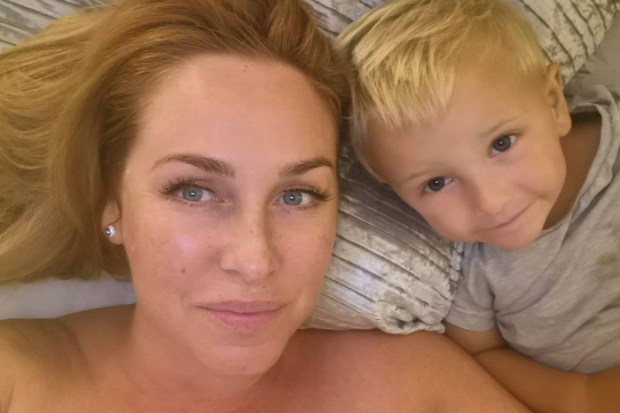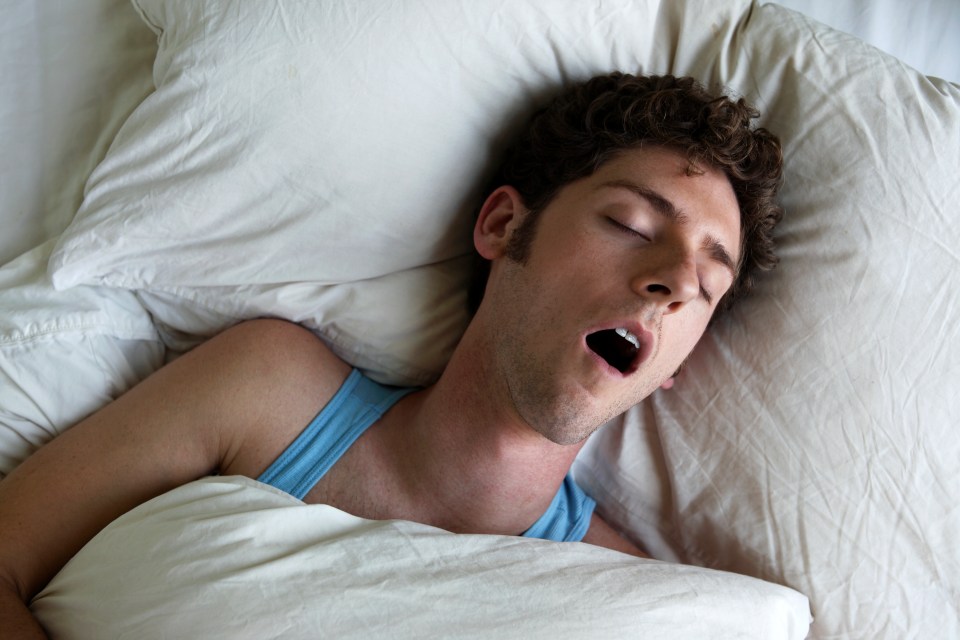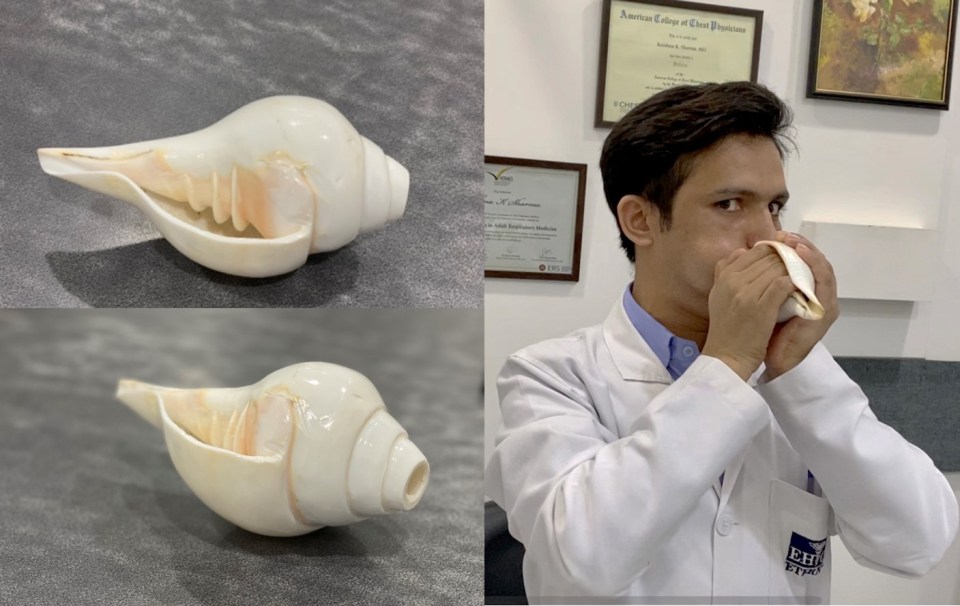PEOPLE could wave goodbye to loud snoring, restless sleep and daytime sleepiness with a trick used by Disney’s MOANA, say scientists.
At the same time, they will be reducing their risk of high blood pressure, heart disease, and stroke.
From King Neptune commanding the waves to Disney‘s Moana summoning her ancestors, we’ve all witnessed the power blowing a conch shell can have.
But it’s not just reserved for magical fantasy stories – it’s a real-world tradition, and new research has found it could also provide health benefits.
Blowing a conch shell is an ancient practice with roots in various cultures around the world, including Hinduism and Hawaii.
Experts have now found blowing through a conch shell regularly for six months could reduce symptoms of obstructive sleep apnoea (OSA).
OSA is a common sleep disorder where breathing repeatedly stops during the night due to a blocked airway.
As well as leading to loud snoring, restless sleep and daytime sleepiness, it can raise the risk of cardiovascular conditions.
A new study published in EHJ Open Research, found people with moderate OSA who did shankh blowing – as it’s also referred to – felt more alert during the day and had fewer breathing interruptions at night.
The researchers say it’s a simple, low-cost intervention that could help reduce symptoms of the condition without the need for medication or machines.
Dr Krishna K Sharma from the Eternal Heart Care Centre and Research Institute in Jaipur, India, who led the study, said: “The standard treatment for OSA is a continuous positive airway pressure machine, or CPAP, which keeps the patient’s airway open by blowing air through a facemask throughout the night.
“While effective, many patients find it uncomfortable and struggle to use it consistently.
“In my clinical practice, several patients reported feeling more rested and experiencing fewer symptoms after regularly practising shankh blowing – a traditional yogic breathing exercise involving exhaling through a conch shell.
“These observations led us to design a scientific study to rigorously test whether this simple, ancient practice could serve as a meaningful therapy for people with OSA.”
The study included 30 people with moderate OSA, aged between 19 and 65, who were assessed at the Eternal Heart Care Centre and Research Institute between May 2022 and January 2024.
They were monitored throughout a night’s sleep and asked questions about the quality of their rest and how sleepy they felt during the day.
Participants were randomly assigned to either be trained to practise blowing through a conch shell (16 patients) or to practise a deep breathing exercise (14 patients).
They were also encouraged to practise at home for a minimum of 15 minutes, five days per week, and after six months, reassessed.
Compared to the people who practised deep breathing, the people who practised shankh blowing were 34 per cent less sleepy during the daytime, they reported sleeping better and overnight test revealed they had four to five fewer apnoeas (where breathing stops during sleep) per hour on average.
They also had higher levels of oxygen in their blood during the night.
Dr Sharma explained: “The way the shankh is blown is quite distinctive. It involves a deep inhalation followed by a forceful, sustained exhalation through tightly pursed lips.
“This action creates strong vibrations and airflow resistance, which likely strengthens the muscles of the upper airway, including the throat and soft palate – areas that often collapse during sleep in people with OSA.
“The shankh’s unique spiralling structure may also contribute to specific acoustic and mechanical effects that further stimulate and tone these muscles.
“For people living with OSA, especially those who find CPAP uncomfortable, unaffordable, or inaccessible, our findings offer a promising alternative.”
The researchers are now planning a larger trial involving several hospitals.
They also hope to study how this practice affects airway muscle tone, oxygen levels and sleep in greater detail.
Professor Sophia Schiza, Head of the ERS group on sleep disordered breathing, based at the University of Crete, Greece, who was not involved in the research said: “Obstructive sleep apnoea is a common disease around the world. We know that OSA patients have poor quality of sleep, and higher risks of high blood pressure, strokes and heart disease. A proportion of patients experience sleepiness during the day.
“While CPAP and other treatments are available based on careful diagnosis of disease severity, there is still need for new treatments.
“This is an intriguing study that shows the ancient practice of shankh blowing could potentially offer an OSA treatment for selected patients by targeting muscles training.
“A larger study will help provide more evidence for this intervention which could be of benefit as a treatment option or in combination with other treatments in selected OSA patients.”
What is sleep apnoea?

THIS Morning anchor Josie Gibson suffers with sleep apnoea – but what is it?
Sleep apnoea is – as you might expect – a sleep condition, but it can cause serious health implications.
It causes breathing to repeatedly stop and re-start when you’re asleep.
There are lots different symptoms linked to sleep apnoea but some of the most obvious are loud snoring and abrupt awakenings followed by gasping and choking.
Night time sweating, morning headaches, high blood pressure and a decreased libido are also huge tell-tale signs.
Symptoms of sleep apnoea mainly happen while you sleep.
They include:
- breathing stopping and starting
- making gasping, snorting or choking noises
- waking up a lot
- loud snoring
During the day, you may also:
- feel very tired
- find it hard to concentrate
- have mood swings
- have a headache when you wake up















